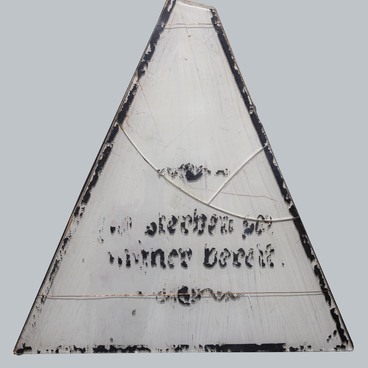By the beginning of the Great Patriotic War, the critical importance of first aid became particularly evident, as 40% of all deaths on the battlefield were due to untimely or insufficient medical treatment.
The conditions during the war, especially in the first months, were harsh. The troops had to wage hard defensive battles, and it was very difficult for doctors to work. At the same time, the wounded could not be kept at the clearing stations for too long.
After being provided first aid, the injured were immediately evacuated to the frontline hospitals. However, even such institutions were unsafe due to frequent air raids. Rendering first aid to the wounded consisted in bandaging the wound and using a tourniquet to stop the bleeding. If necessary, the wounded were moved to the nearest shelter to protect them against the elements.
Doctors used splints to restrict motion in the area of the fracture. The immobilization helped reduce pain, decrease the risk of pain-induced shock, and prepare the injured for transportation. It was especially important to immobilize fractures because sharp bone fragments could move and damage the vessels, nerves, and skin, or result in an open fracture.
The means of temporary immobilization were rather primitive. Splints were made from materials at hand, such as wood planks, sticks, twigs, and tree bark. In most cases, a fracture was immobilized by fixing the injured limb in a half-bent position to the healthy limb, both of them placed on the duffel bag.
This procedure was usually performed in a sheltered area, such as a shell crater. The initial splint was temporary and was used to immobilize the fracture during transportation. Later, it was replaced by a more advanced device. Before applying a solid plaster cast at the hospital, surgery was sometimes performed in case of a contaminated wound.
The conditions during the war, especially in the first months, were harsh. The troops had to wage hard defensive battles, and it was very difficult for doctors to work. At the same time, the wounded could not be kept at the clearing stations for too long.
After being provided first aid, the injured were immediately evacuated to the frontline hospitals. However, even such institutions were unsafe due to frequent air raids. Rendering first aid to the wounded consisted in bandaging the wound and using a tourniquet to stop the bleeding. If necessary, the wounded were moved to the nearest shelter to protect them against the elements.
Doctors used splints to restrict motion in the area of the fracture. The immobilization helped reduce pain, decrease the risk of pain-induced shock, and prepare the injured for transportation. It was especially important to immobilize fractures because sharp bone fragments could move and damage the vessels, nerves, and skin, or result in an open fracture.
The means of temporary immobilization were rather primitive. Splints were made from materials at hand, such as wood planks, sticks, twigs, and tree bark. In most cases, a fracture was immobilized by fixing the injured limb in a half-bent position to the healthy limb, both of them placed on the duffel bag.
This procedure was usually performed in a sheltered area, such as a shell crater. The initial splint was temporary and was used to immobilize the fracture during transportation. Later, it was replaced by a more advanced device. Before applying a solid plaster cast at the hospital, surgery was sometimes performed in case of a contaminated wound.


